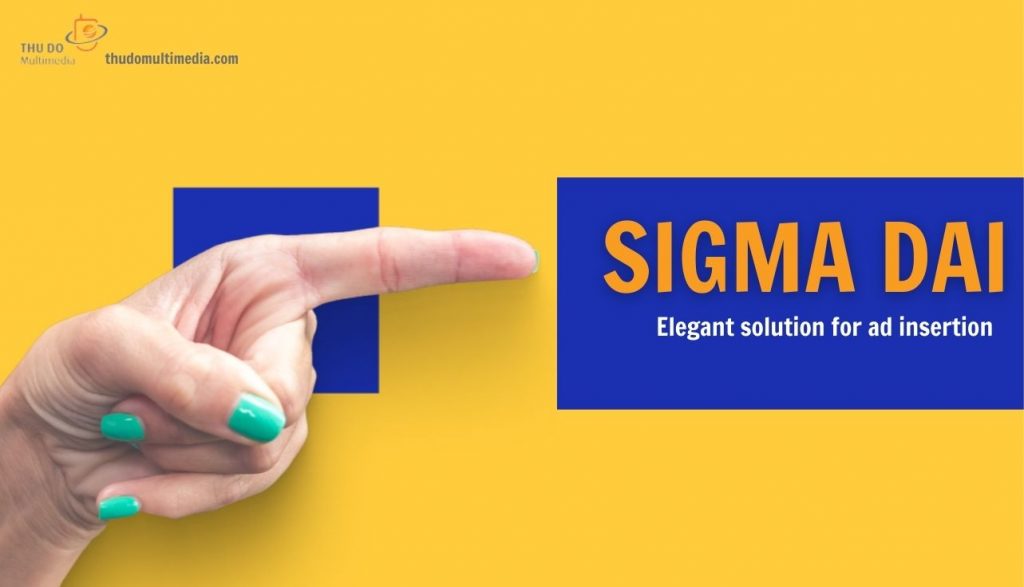In 2019, the online advertising industry boasted a valuation of $304 billion. Projections suggest that this number will skyrocket to $980 billion by 2025, fueled by technological advancements and the increasing expenditure by companies in the realm of online advertising.
Nevertheless, the industry, like businesses in general, grapples with ongoing challenges. Presently, the primary obstacle is ad fraud. Through the utilization of various automated software tools, unscrupulous actors manage to siphon off a portion of publishers’ earnings. In fact, in 2019, advertisers suffered a staggering loss of $42 billion in ad spending due to fraudulent activities.
The good news is that there’s a solution to safeguard your ad revenue from scammers. For instance, TargetVideo offers a way to detect invalid traffic and respond only to legitimate ad requests from real customers rather than bots. Just as the industry tackled ad fraud, publishers and advertisers faced a fresh challenge: ad blocking. While some argue that the industry should embrace this software, others see it as another technological puzzle to solve. After all, ad revenue is being impacted by programs that block advertisements from reaching their intended audience.
Use server-side ad insertion (SSAI)
What Is Server-Side Ad Insertion?
Server-side ad insertion (SSAI), also known as dynamic ad insertion or ad stitching, is a video ad technology that seamlessly combines ad content with video content. SSAI integrates your videos and ads into a single stream at the content management system (CMS) level, as opposed to within the user’s browser. This creates a smoother user experience and reduces the risk of client-side errors. SSAI has been in existence for some time, but it has garnered increased interest from publishers and advertisers as ad blockers have eroded their revenue.
This technology serves as an alternative to client-side ad insertion (CSAI).
With CSAI, video content is delivered on the server-side by a content delivery network (CDN). However, ad content is delivered separately by a third-party ad server, leading to buffering and latency issues over the years, making it susceptible to ad blockers.
Like CSAI, server-side ad insertion enables personalized and targeted ads. However, by seamlessly integrating video and ad content, it eliminates buffering and latency issues. As we mentioned earlier, publishers and advertisers needed a new technology to combat software capable of removing or altering online ads.
The Rise of Ad Blockers
The online advertising industry faces a persistent stream of challenges. Just when it seemed to be making progress against ad fraud, a new issue emerged.
Firstly, web users developed “banner blindness,” consciously or unconsciously ignoring banner ads to enhance their user experience. Subsequently, ad filtering software emerged, prompting developers to turn to server-side ad insertion.
Ad blockers are programs that empower users to block ads, save bandwidth, and protect their personal information from websites. They are commonly available as add-ons on numerous browsers, including Firefox, Chrome, Safari, and Opera. As their primary role is to prevent ads from appearing on websites, they are responsible for significant revenue losses for many publishers.
With internet users becoming increasingly vocal about their preferences, web browsers have increasingly begun to support ad blockers. Some block ads by default, while others require users to enable blocking.
The number of companies offering ad blocking solutions has also grown over the years, with a predicted 47% of users relying on these programs to prevent annoying ads from appearing. This presents a substantial revenue loss for publishers. Fortunately, server-side ad insertion can help address this challenge.
Ad Blocking in Numbers
Ad blocking tools have gained prominence on the internet recently. Consumer expectations are rising, and they want control over the content they encounter online. This negatively affects the digital advertising industry, which relies on online advertising to reach more customers and build brand loyalty.
So, why are consumers so inclined to use ad blockers? According to GlobalWebIndex, the main reasons include:
- Too many ads: 48%
- Annoying or irrelevant ads: 47%
- Too intrusive ads: 44%
- Ads taking up too much screen space: 38%
- Ad blocking on mobile devices has also surged, with 527 million people using mobile browsers that block ads by default in 2019. These browsers act as a barrier between brands and consumers.
Desktop ad blocking remains prevalent among website visitors, with 236 million people using these programs on their computers or laptops at the end of 2019.
Most ad blockers assume that video ads are pre-loaded onto the viewer’s device. This is known as client-side ad insertion. However, server-side ad insertion stitches video and ad content together, allowing it to bypass ad blockers.
The Ad Blocking Landscape Is Diversifying
Another challenge for the advertising industry is the evolving landscape of ad blocking. Numerous add-ons and browsers designed to block ads and support for them have emerged.
This proliferation of ad blockers underscores the need for a solution that can deliver ads to the intended audience. Server-side ad insertion is precisely what is needed, and here’s how it works.
How Does Server-Side Ad Insertion Circumvent Ad Blocking?
When viewers watch videos or over-the-top (OTT) content, a content delivery network (CDN) streams the video to their devices. What happens next depends on whether client-side ad insertion (CSAI) or server-side ad insertion (SSAI) is in use.
In the case of CSAI, the video stops playing from the CDN when it’s time for an ad break. The client sends an ad request, and a third-party ad server delivers the ad. Once the ad is finished, the video player resumes streaming content.
SSAI, on the other hand, operates differently. When the video approaches an ad break, a marker in the stream signals the SSAI vendor to serve an ad. The vendor sends an ad request on behalf of the player. The third-party ad server selects an ad and sends it back to the SSAI server. This server combines the ad with the video content and delivers it to the player via the CDN. Consequently, the video player streams video content and ad content as a single continuous stream.
This is how server-side ad insertion circumvents ad blocking, but the technology offers more benefits.
Benefits of Server-Side Ad Insertion

Based on what we’ve seen so far, server-side ad insertion offers several advantages over client-side ad insertion:
- It bypasses ad blockers: SSAI allows publishers and advertisers to evade ad blocking software by merging video and ad content into a single stream.
- It enhances the user experience: This method delivers an optimal viewing experience, displaying high-quality video and ad creatives. The transition from content to ad is seamless, enhancing user satisfaction.
- It eliminates latency and buffering issues: SSAI can adapt to different bandwidths, supporting users with poor connections. The technology ensures consistent quality across all elements, reducing buffering.
- It provides consistency and reliability: Users expect a consistent quality of experience while streaming live content, which SSAI can provide. This consistency and reliability increase engagement and viewing time.
Considering these benefits, publishers and advertisers need server-side ad insertion to boost revenue and provide the best possible experience to their audience.
Server-Side Ad Insertion Is the Future of Advertising

Currently, there are a limited number of server-side ad insertion providers, but this is likely to change as ad blocking becomes a more significant issue for publishers and advertisers.
Wider adoption of server-side ad insertion has the potential to revolutionize the advertising industry and reduce revenue losses. It can also offer a superior user experience and improved service quality.


Recent Comments